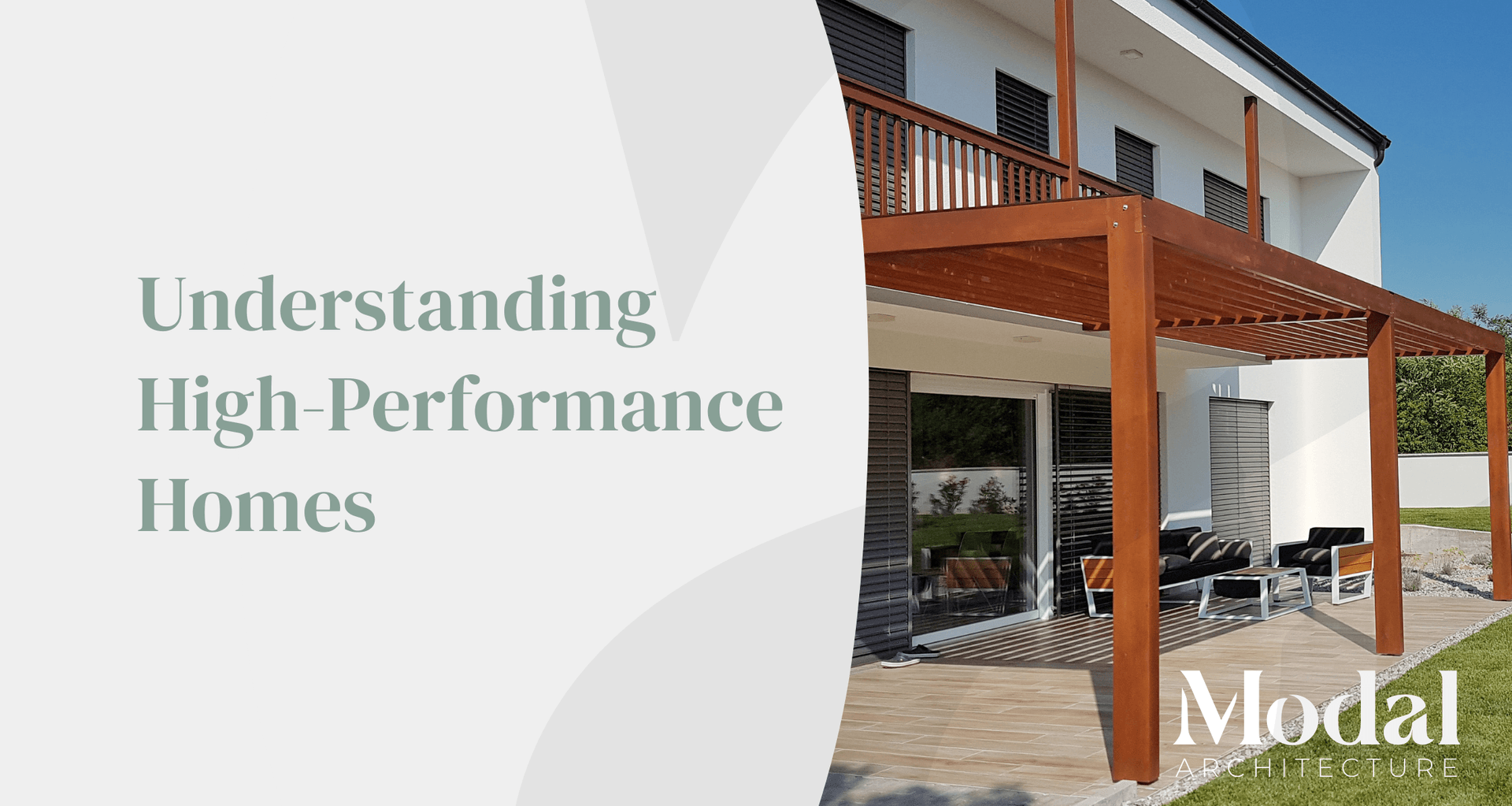Understanding High-Performance Homes

As New Zealanders put a greater focus on sustainability, people are continuously looking for ways to optimize their living environment. “High-performance homes” are one way to do this. However, as this is a relatively new concept, many people are unfamiliar with what is meant by a high-performance home.
Ultimately, high-performance homes are carefully designed by architectural designers and architects in order to optimize the house based on its specific geographic setting. The goal is to provide a functional setting that does not require a high degree of energy to maintain a comfortable environment. There are many design considerations that go into this. In many cases, high-performance homes are created through the design of linked pavilions that allow for expansion as family needs change.
Major Considerations for High-Performance Homes
There are typically several things that are particularly considered in the design of high-performance homes. This includes insulation, ventilation, and solar gain.
Insulation
When it comes to reducing energy usage, insulation is incredibly important. This allows homes to stay warm in cold weather and cool in hot weather. Insulation is typically installed in the walls, ceilings, and subfloors. However, another important aspect of insulation involved joinery and window glazing with the goal of preventing heat from escaping.
Ventilation
Ventilation is a key component for any house as a lack of ventilation will produce stale air. However, high-performance homes are designed to minimize airflow with the exception of specifically channels used to vent air. Typically, fresh air is brought in lower in the home and released higher up. Successful ventilation in a high-performance home involves creating a largely airtight structure.
Solar Gain
High-performance homes seek to optimize their functioning by considering the pattern of the sun in their location. This involves things like considering the site’s geography. The goal is to maximize the amount of sunlight the house receives during the day while also maximizing usage of materials that absorb solar heat. This helps reduce heating needs. Installation of solar panels can also reduce other energy expenditures.
Benefits of High-Performance Homes
While these factors provide valuable benefits for high-performance homes, there are a number of other reasons people are opting to consider this type of home. Other benefits include the following:
- Use of sustainable materials in construction
- High energy efficiency
- Adaptable, multi-purpose building design
- Ability to customize to different styles and preferences
- Ability to include prefabricated elements to reduce cost

Classifying High-Performance Homes
A high-performance home is a concept that does not have a high degree of formality in terms of definition. However, there are several standards that can be used to judge a high-performance home. Homestar is a rating program from the New Zealand Green Building Council that ranks homes from 6 to 10. A rating of a 7 is necessary to be considered a high-performance home. Meanwhile, Lifemark assesses homes based on Universal Design principles to determine how well a home can meet a family’s needs over time. A rating of 5 or higher is considered necessary for a high-performance home.
Finally, Passive House is an international accreditation that involves designing a home to best fit its geographic environment including airtightness and energy expenditures. Certified Passive Houses would be considered high-performance homes.
